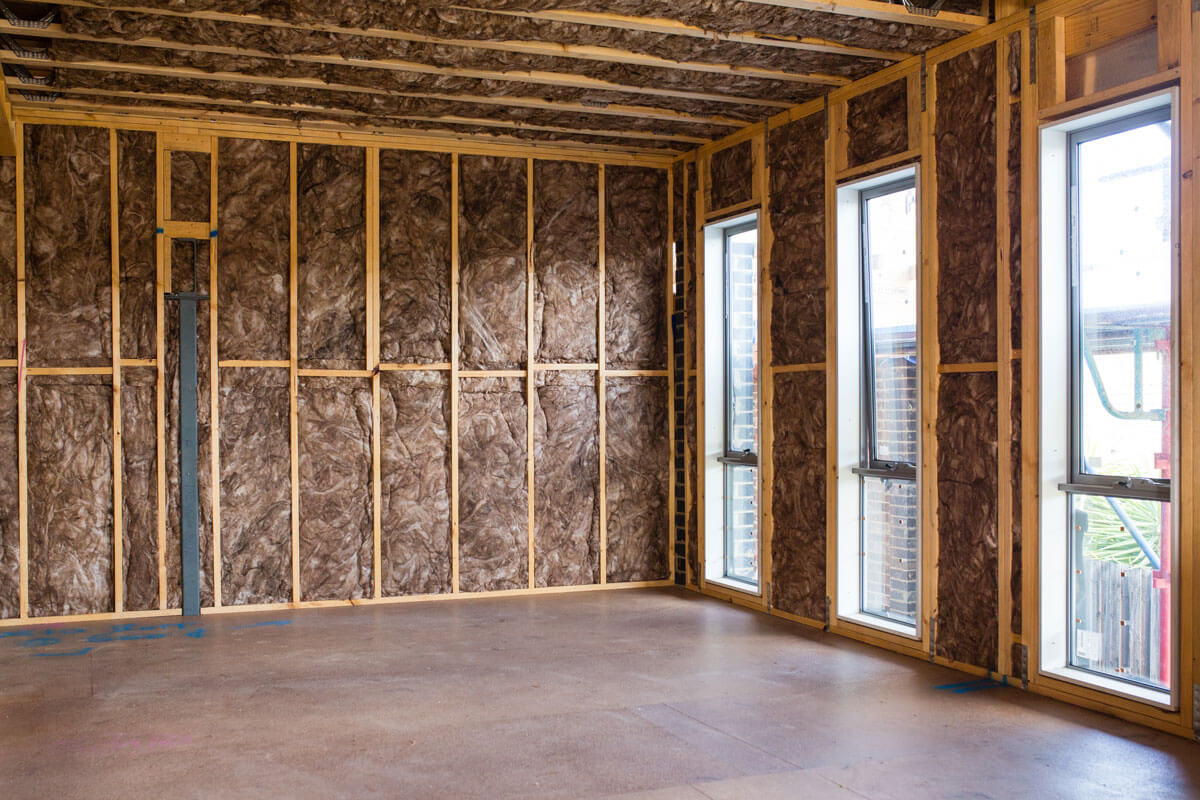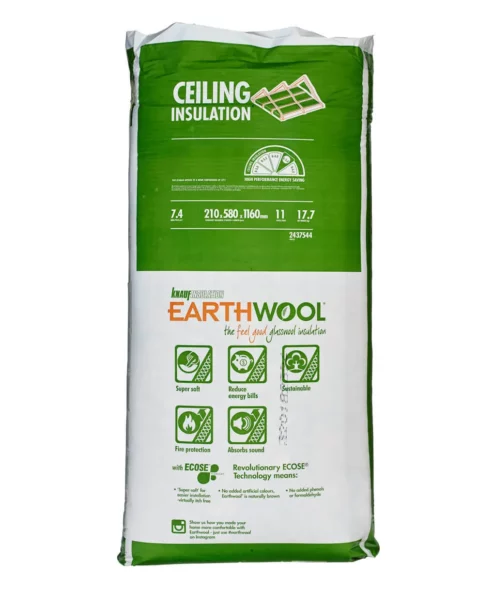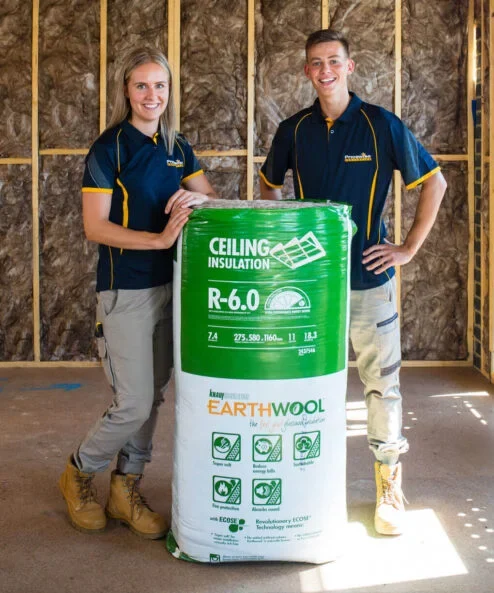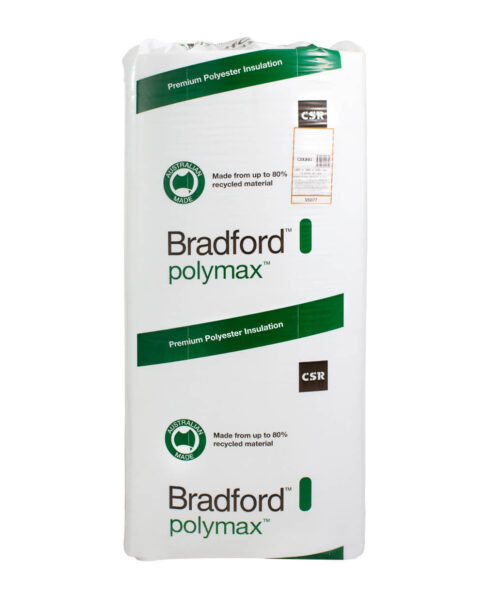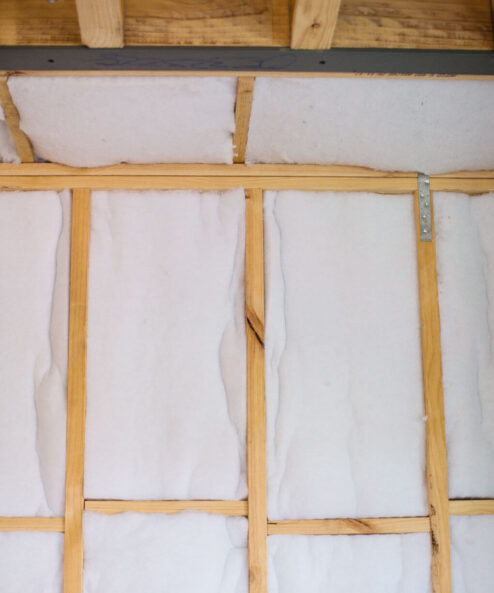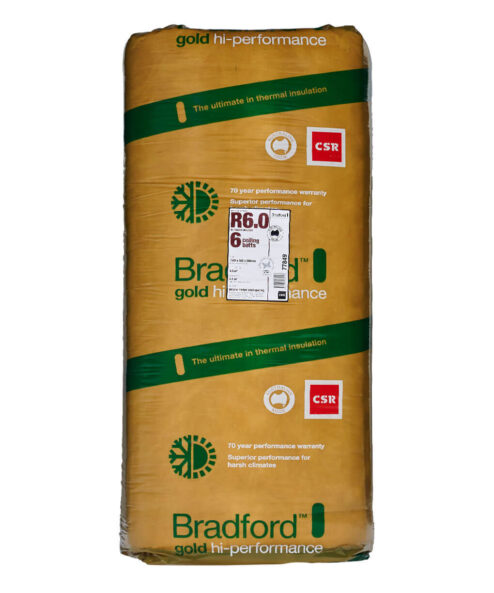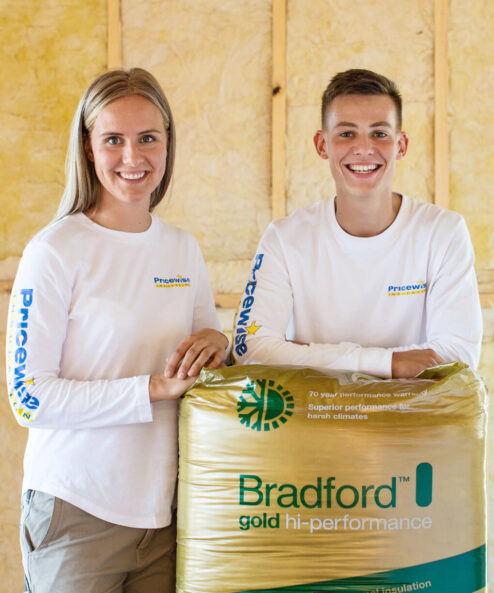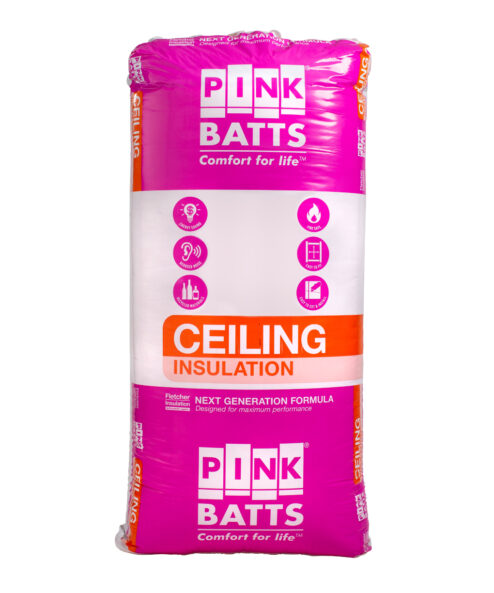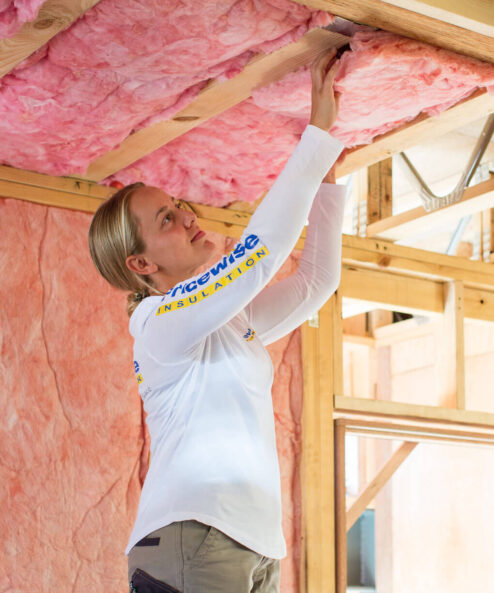Insulation Tips
Energy Efficient Homes in Australia
Only a few decades ago it wasn’t at all uncommon to build a house and not insulate it. So what has actually changed in Australia? Today most people would agree that renewable energy and sustainability are key issues in our society. This new way of thinking has influenced a lot of the changes we see in our world today, including an energy efficient house design. Rising energy costs have also caused many consumers to grapple with the problem of how to heat your house and pay for it.
How Much Will You Save with Insulation?
There are many factors which impact on energy consumption in a regular household. This makes it difficult to analyse the bill when it comes around every few months. If, on the other hand, consumers were given a bill at the end of every day, it would be easier to draw parallels between behaviour and energy consumption. Consequently, people interested in conserving energy could adapt their behaviour accordingly. The following examples are purely hypothetical and are based on approximate energy bills in a temperate climate. They are also based on the assumption that heating and cooling account for half of the energy consumption.
It has been proven that uninsulated homes are subject to much higher heat gains in summer and much higher heat losses in winter. In fact, we now know that a well-insulated and well-designed house can cut heating and cooling energy consumption by up to half. Let’s compare heating and cooling costs for a new home:
Home with No Insulation
House size: small three bedroom
Insulation: none
Insulation cost: nil
Heating and cooling costs p.a.: $1200
Home with Insulation
House size: small three bedroom
Insulation: R4.0 ceiling, R2.0 walls and floor
Insulation cost: $1750 (estimate)
Heating and cooling costs p.a.: $600
Long Term Savings with Energy Efficient Homes
In the example described above, after the first year it may seem that the uninsulated home is better off financially. After all, the owners have saved themselves a $1750 investment, but only paid an extra $600 on heating and cooling their home. What some people don’t realise is that they will have to continue paying the extra $600 year after year. Now let’s compare the combined accumulated cost of insulation and heating and cooling over the first three years:
|
|
Uninsulated Home |
Insulated Home |
1 Year |
$1200 |
$2350
|
2 Years |
$2400 |
$2950 |
3 Years |
$3600 |
$3550 |
As you can see, by the end of the third year, both home owners have spent approximately the same amount of money. The difference, however, is that their heating and cooling costs in the next few years will be vastly different. In fact, by the time these homes are ten years old, the owners of the uninsulated home will have paid $12,000 for their heating and cooling, while the other owners will have paid $7750. That’s a saving of approximately $4000, not to mention a substantial reduction in carbon emissions.
Note: Figures used on this page are estimates only. Even so, many home owners do report having earned back the initial insulation investment in the first 2-3 years. Other factors such as building material and natural shading also impact on heat gains and losses. Creating an energy efficient home design with strategic orientation, windows and extras such as solar panels also helps to conserve energy.



